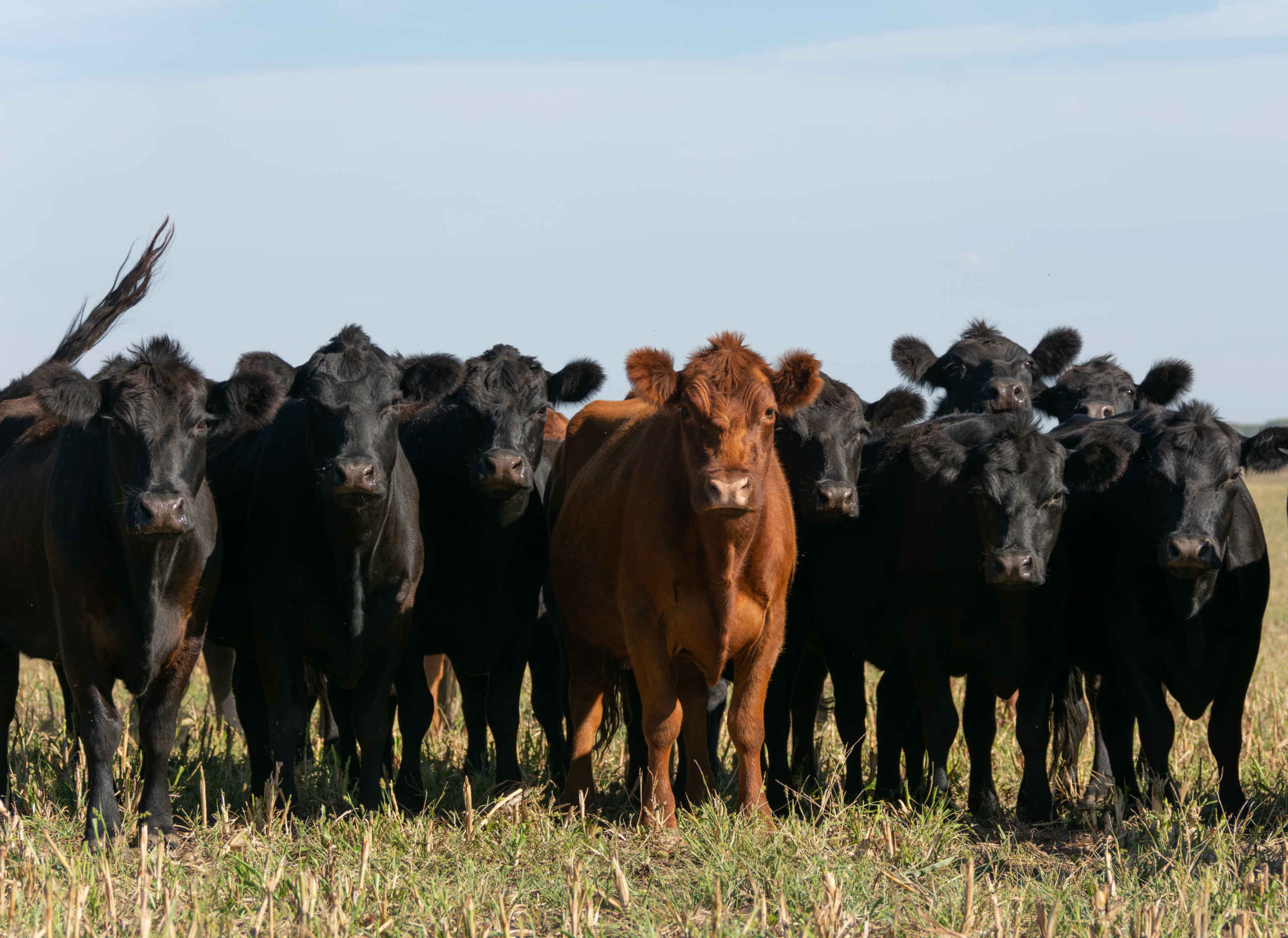
The State of the U.S. Beef Market: Supply Pressure, Import Policy, and the Road Ahead
11/03/2025
We are thrilled to welcome Jonathan Sachs as our new Beef Product Specialist. With a passion for quality cuts, deep knowledge of supply chains and sustainable practices, and years of experience in food science and product development, Jonathan brings the expertise that elevates every step from pasture to plate. In his blog, he’ll be sharing insights on everything from breed selection and butchery techniques to flavor pairings and recently emerging trends in the beef industry.
The U.S. beef market is at a crossroads, shaped by tightening domestic supply, persistent high prices, and critical debate surrounding protein imports. For institutional foodservice operators and wholesale buyers, understanding these shifting dynamics is essential for effective procurement, menu planning, and budget forecasting.
Market Background: A Shrinking Herd Meets Unrelenting Demand
Today’s marketplace finds American beef suppliers in a historic pinch: the national cattle herd is the smallest it’s been since 1951, while the U.S. population has grown by over 100 million people in that period. This means more mouths to feed—and less homegrown beef to meet that demand.
The roots of this supply crunch are complex. Severe drought conditions across major cattle-producing regions have reduced available grazing land and sent feed prices skyrocketing. At the same time, cost pressures and climatic realities have limited ranchers’ ability to rebuild and maintain their herds. The net result? Beef production in the U.S. remains far below long-term averages, even as consumer interest and institutional demand for high-quality protein hold steady.
Policy Moves: “The Argentines Are Coming”
To address climbing costs at the consumer level, the White House recently announced a new initiative: expanding imports of beef from Argentina in hopes of widening the supply pipeline and cooling high prices at retail. In theory, increasing the volume of imported beef should help stabilize or even reduce costs for buyers across the sector.
However, there are significant limitations to this strategy. The U.S. already relies on Argentine beef as one element in its complex supply web, but Argentina’s capacity to scale exports is fundamentally limited. Even if imports were doubled overnight, Argentina simply does not have the supply depth to meaningfully impact U.S. beef prices. Brazil, the world’s largest beef exporter, has much greater capacity. Yet current policy keeps Brazilian beef subject to steep tariffs—a move heavily debated within industry circles.
So, while the announcement was positioned as relief for buyers and consumers, the practical outcome will likely be muted. The reality is that the U.S. beef market is simply too large—and global alternative suppliers too constrained—for incremental adjustments to imports from one country to bring substantive price relief.
Impact on U.S. Producers: Frustration and Uncertainty
Perhaps most telling is the reaction of domestic beef producers. Ranchers and feedlot operators, contending with drought, volatile corn and feed prices, and aggressive market consolidation, are frustrated by the focus on foreign imports over domestic support. The administration and the USDA have reaffirmed that no new subsidy or relief programs are forthcoming for U.S. cattle farmers, even as soaring input costs threaten the long-term sustainability of local operations.
Many producers see this import strategy as a missed opportunity to invest in the nation’s own supply chain resiliency. Instead of incentivizing herd rebuilding or offering drought relief, the policy tilt toward imports leaves domestic ranchers feeling sidelined in an industry they have anchored for generations.
This tension highlights the unique position foodservice and institutional buyers occupy: committed to sourcing quality, reliability, and value, they find themselves navigating market conditions shaped by both global trade currents and highly localized production headwinds.
Herd Rebuilding: The Long Road Ahead
Despite mounting pressures, one consensus is clear among analysts: the current pricing environment is unlikely to ease quickly. Market actors across the distribution chain anticipate at least another year of elevated beef prices, with another year or more before the U.S. herd can even begin meaningful recovery and volume expansion.
This timeline reflects the biological realities of beef cattle production. Rebuilding a herd is a slow, capital-intensive process. Ranchers must invest in retaining heifers, securing feed supplies, and weathering unpredictable environmental challenges before additional beef actually reaches the market.
That means today’s lean supply conditions will continue to drive competition for quality beef across retail, foodservice, and institutional channels. All proteins—beef, pork, and poultry—will remain in high demand, with knock-on effects for menu planning, procurement strategies, and cost control.
What This Means for Wholesale Buyers and Foodservice Operators
For operators responsible for ensuring consistent supply and menu reliability, this environment requires careful planning. Pricing volatility will persist, and the role of alternative proteins, flexible sourcing arrangements, and transparent supplier relationships has never been more critical.
- Diversification: Institutions may find value in diversifying protein sources, including exploring value-driven cuts, blended proteins, or incorporating more plant-based options where appropriate.
- Supplier Collaboration: Working closely with trusted suppliers and distributors can help teams anticipate market changes, access timely opportunities, and ensure prioritized supply when inventories tighten.
- Menu Adaptation: Creative menu engineering—spotlighting value cuts, rotating proteins, or adjusting portion sizes—can help maintain service quality while supporting cost containment.
Conclusion
The U.S. beef market stands in a period of profound challenge and change. While policy decisions and global trade shifts play a role, the fundamental supply imbalance will shape conditions long into the future. By understanding these forces and remaining agile in procurement and menu strategies, institutional operators and buyers can continue to deliver value, nutrition, and reliability—even in uncertain times.
Jonathan Sachs, Beef Product Specialist
